1. Asafoetida
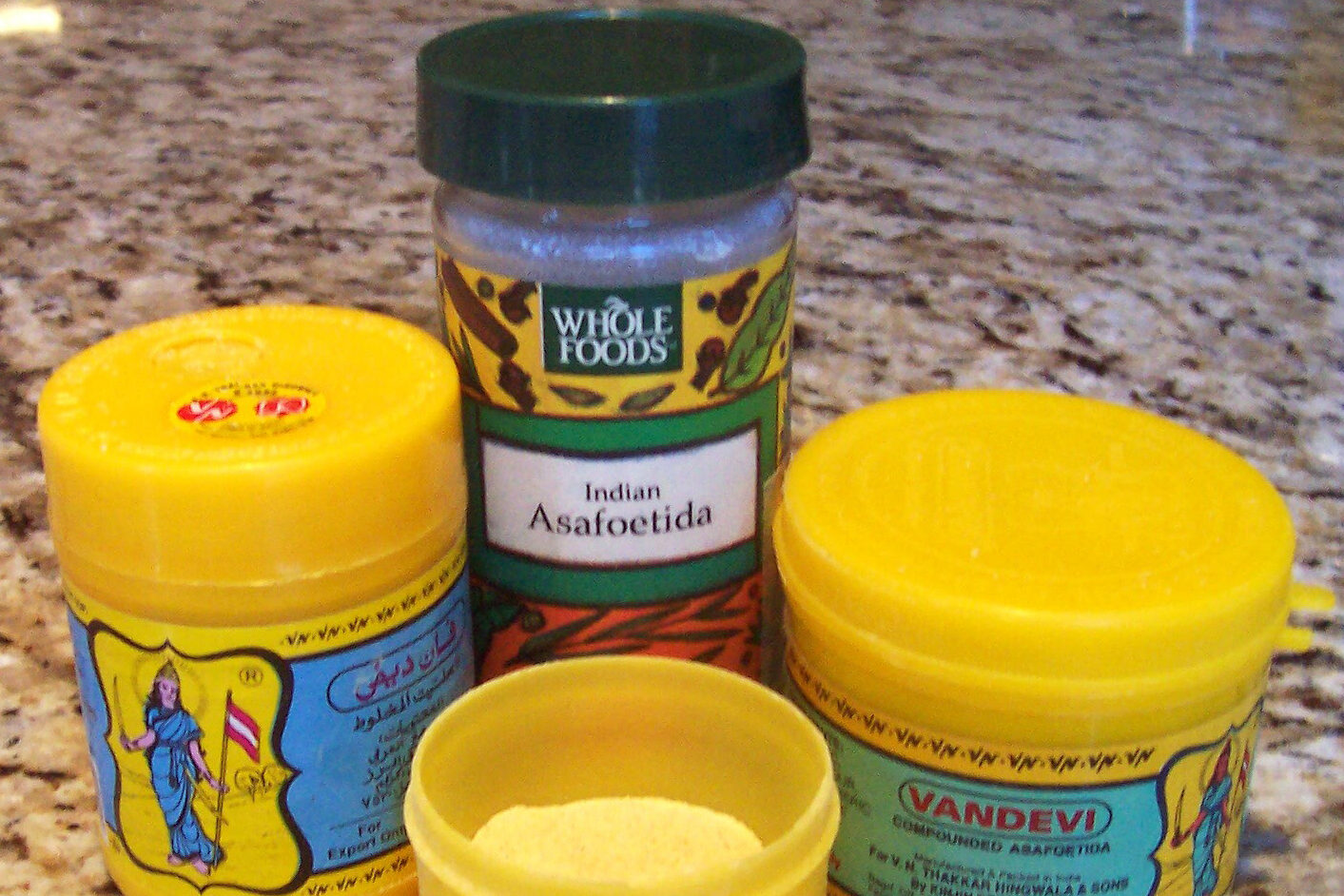
Asafoetida, sometimes called “hing,” was once a staple in many American kitchens, especially for flavoring savory dishes. Used heavily in Indian and Middle Eastern cuisines, it was valued for its pungent aroma and ability to mimic garlic and onion when cooked. However, after World War II, its popularity dwindled, largely due to changing tastes and the availability of garlic and onions themselves. With the rise of processed foods, fresh and distinct flavors became more desirable, and asafoetida’s strong scent became less appealing.
The decline of this spice was also tied to the growing influence of American and European culinary preferences. As more people relied on convenience foods post-war, spices like asafoetida, which required a more refined palate, became less common. Today, it’s still used in some Indian dishes but is largely absent from mainstream American kitchens, overshadowed by more familiar seasonings.
2. Celery Seed
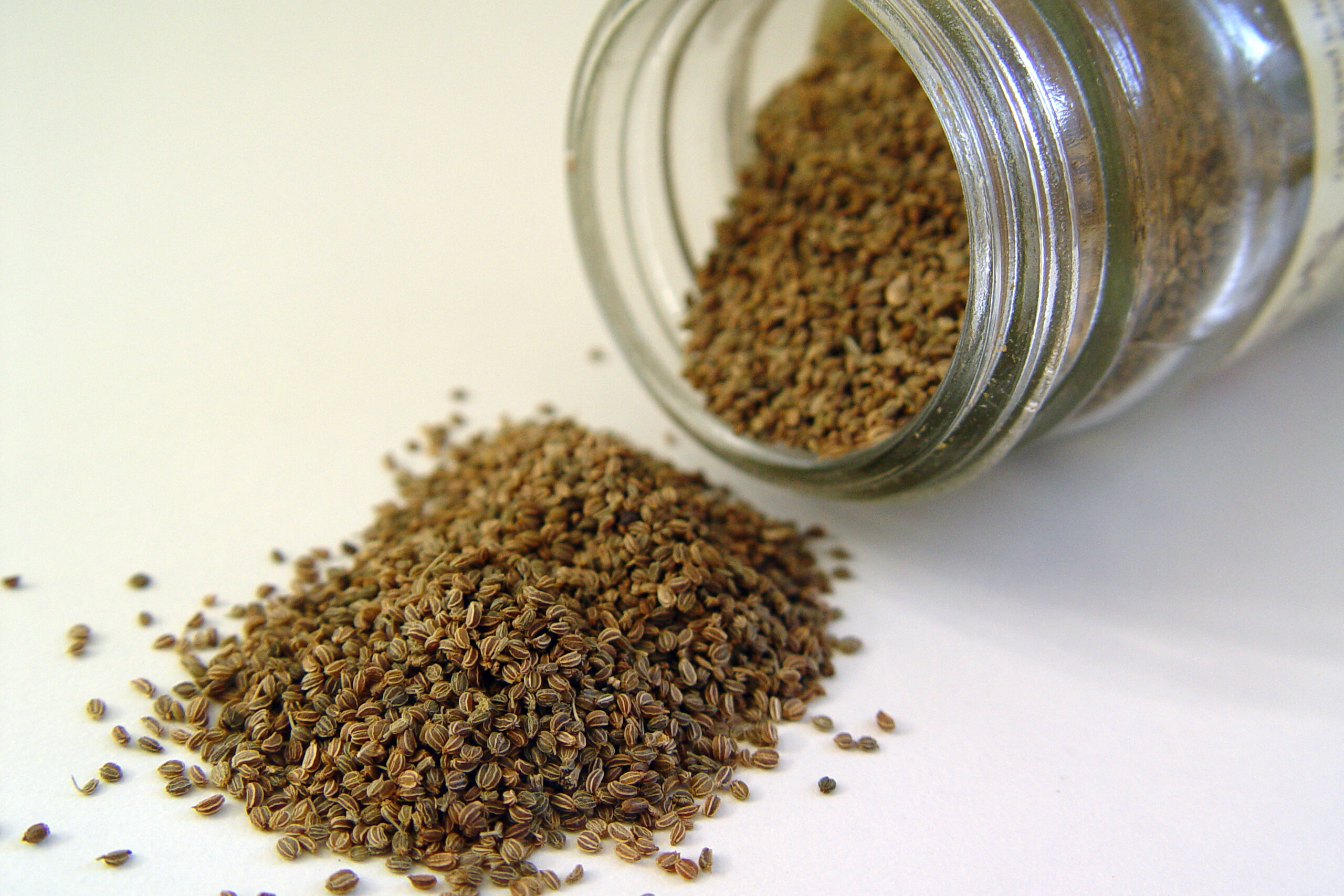
Celery seed once had a place in many American recipes, particularly in pickles, salads, and stews. Its earthy, slightly bitter flavor added a unique depth to dishes. In the years after World War II, however, celery seed began to fade as processed food companies introduced flavor enhancers that were quicker and more convenient to use. Many Americans also started relying on fresh celery, which was readily available, making the seed less necessary.
As the use of prepared and canned foods grew in the mid-20th century, the distinct flavor of celery seed became less prominent in home cooking. With the rise of flavoring with salt and pepper, this once essential spice saw a dramatic decline. Celery seed still finds a place in some traditional recipes, but it’s now considered somewhat of a culinary oddity in most households.
3. Mace
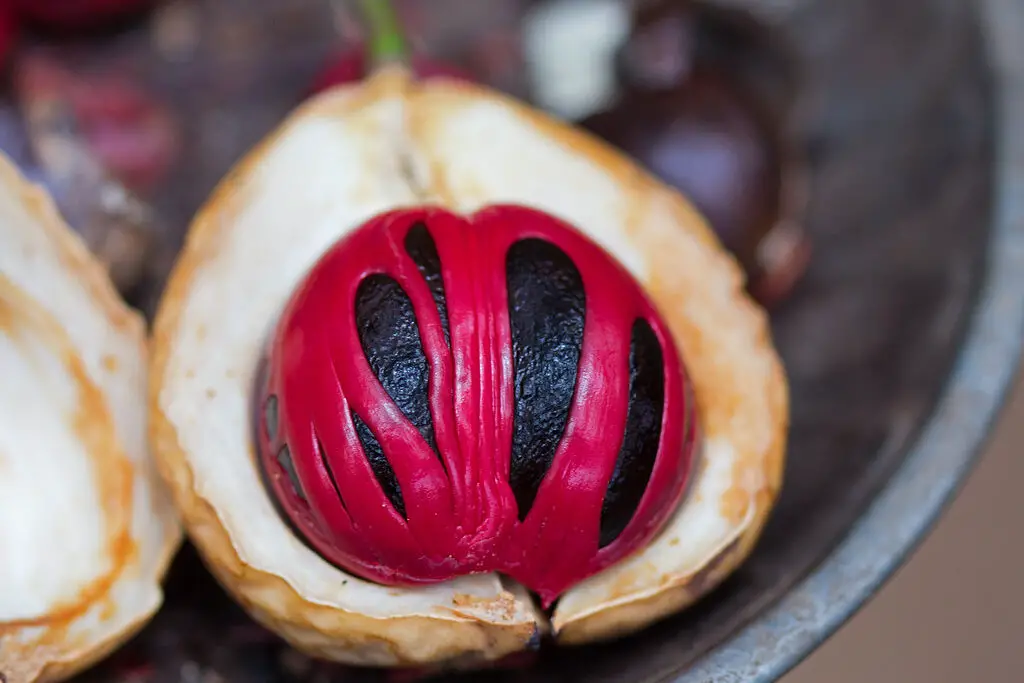
Mace, the outer covering of the nutmeg seed, was widely used in baked goods, soups, and even beverages before World War II. Its warm, aromatic flavor was a favorite in holiday cooking, especially in dishes like eggnog and fruitcakes. As the war ended, however, the demand for more exotic spices like mace dropped, as more common spices such as cinnamon and nutmeg took center stage.
Post-war, with the shift toward simpler, quicker meals, mace fell out of favor. It was eventually overshadowed by the more readily available ground nutmeg, which provided a similar flavor without the extra step of grinding. Today, mace is rarely found in American kitchens, though it still enjoys a niche status in certain traditional and international recipes.
4. Summer Savory
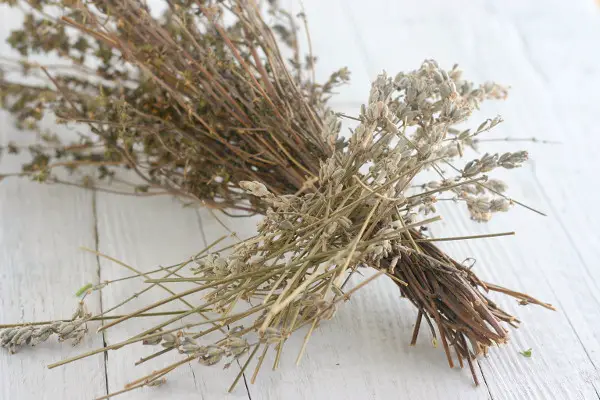
Once popular for seasoning beans and meats, summer savory was a go-to herb in many kitchens, particularly in the Northeast. Its slightly peppery and thyme-like flavor worked well in both fresh and dried forms, and it paired beautifully with summer vegetables. However, after World War II, as processed foods took over and convenience became more important, summer savory started to fade from American pantries.
The post-war era ushered in a preference for milder flavors, and summer savory’s bold taste was often swapped out for more mainstream herbs like basil and oregano. Additionally, with the expansion of Italian and Mediterranean cuisines, these more popular flavors pushed summer savory out of the spotlight. Now, it’s a rarity in most homes, though still cherished in some regional dishes.
5. Poppy Seeds
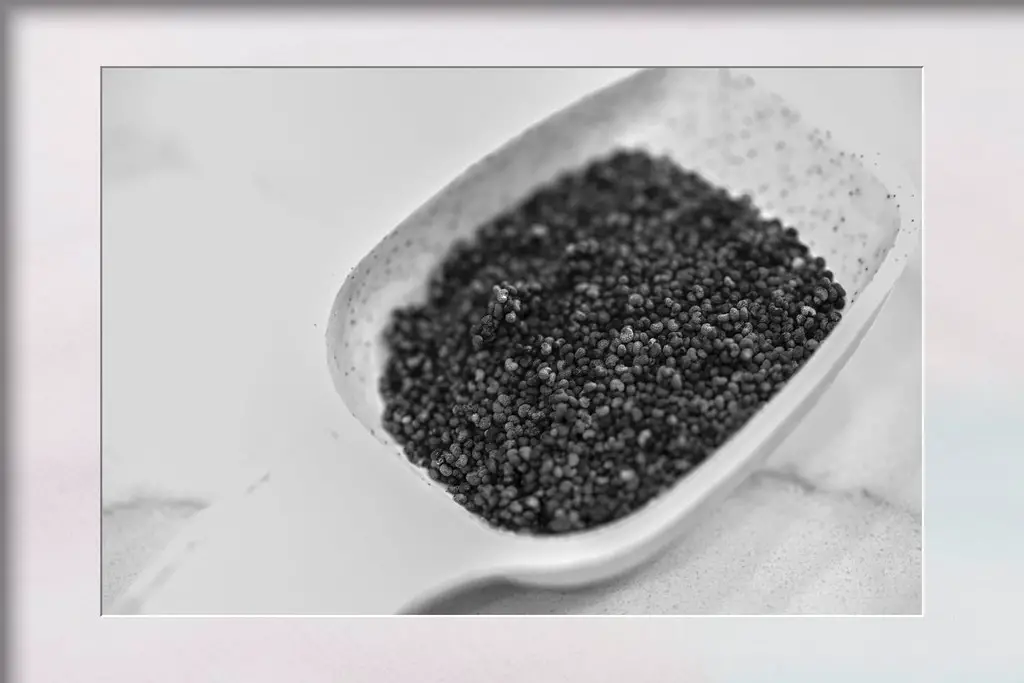
Though still present in modern-day bagels and muffins, poppy seeds once held a more prominent place in American cooking. They were used to garnish everything from breads to salads, prized for their nutty flavor and delicate crunch. After World War II, as Americans embraced more standardizing food trends, poppy seeds lost some of their former luster, replaced by larger, more visually impactful seeds like sesame.
The post-war shift towards packaged, mass-produced food also contributed to poppy seeds’ decline. While still used in baking and some traditional dishes, their role in everyday meals has diminished over time. Today, poppy seeds are mostly used as a garnish or in specialized recipes, rather than being a pantry staple.
6. Saffron
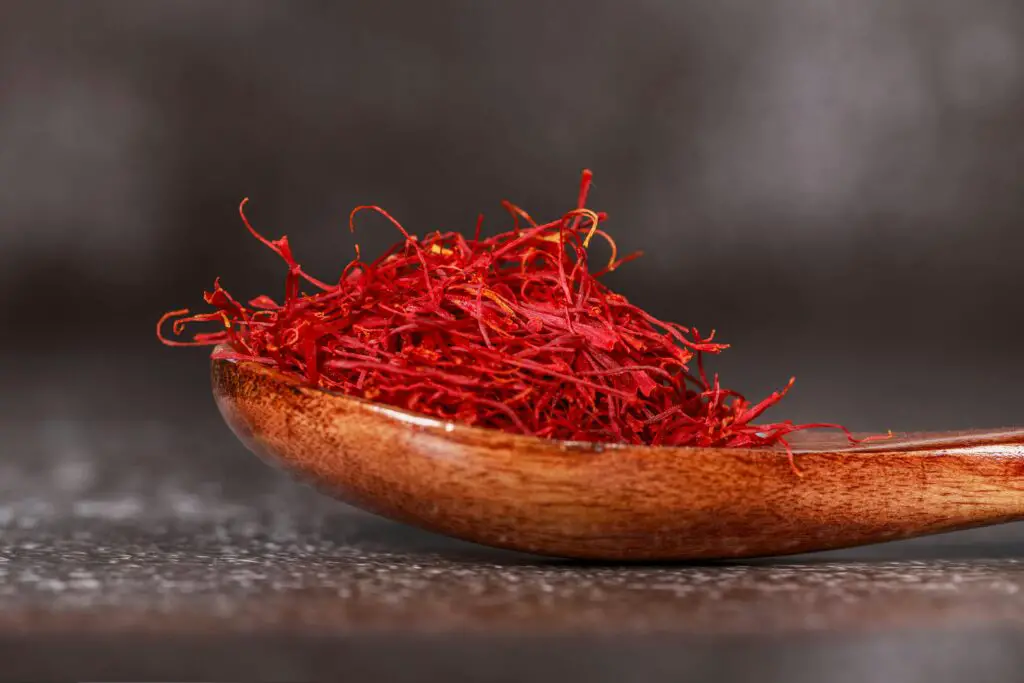
Saffron, once a luxurious spice used in everything from rice to stews, saw a steady decline in American kitchens after World War II. Its exotic appeal made it a popular ingredient in gourmet cooking before the war, but the post-war economic boom and the rise of mass-produced, affordable alternatives made it less accessible to the average household. With a high price tag and a niche flavor profile, saffron lost ground to cheaper and more convenient spices like turmeric and paprika.
By the mid-20th century, American cooking was becoming more standardized, and exotic spices like saffron became reserved for special occasions. Today, while it still holds a place in fine dining, saffron is rarely found in the average American home. Its absence marks a shift away from the global influences that once shaped American kitchens in favor of more familiar, budget-friendly options.
7. Juniper Berries
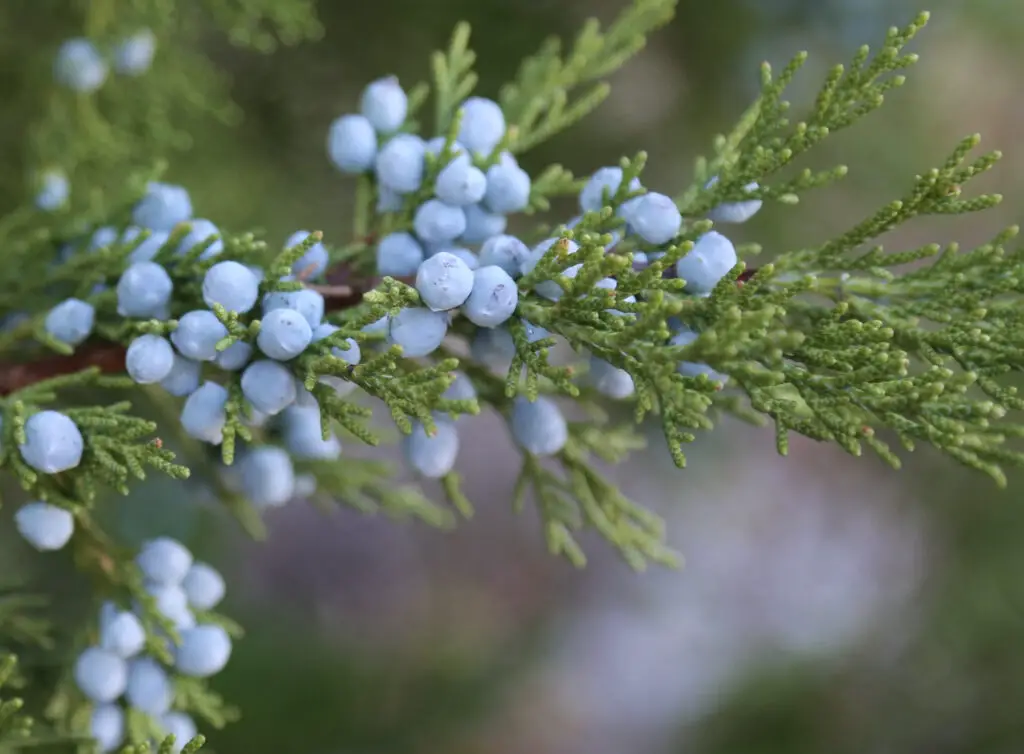
Juniper berries were once a common addition to sauerkraut, pickles, and game meats, prized for their sharp, piney flavor. Used often in European dishes, they became integrated into American kitchens, especially in the Northeast, where European culinary traditions were strong. However, after World War II, the increasing popularity of milder, more accessible flavors led to a decline in juniper berry use.
The rise of convenience foods and the focus on more familiar seasonings like thyme and rosemary left little room for the sharp, unique taste of juniper. Today, juniper berries are primarily associated with gin production and are rarely seen outside of that context in most American kitchens. Despite this, they remain a key ingredient in some traditional European and Scandinavian dishes.
8. Mustard Seed
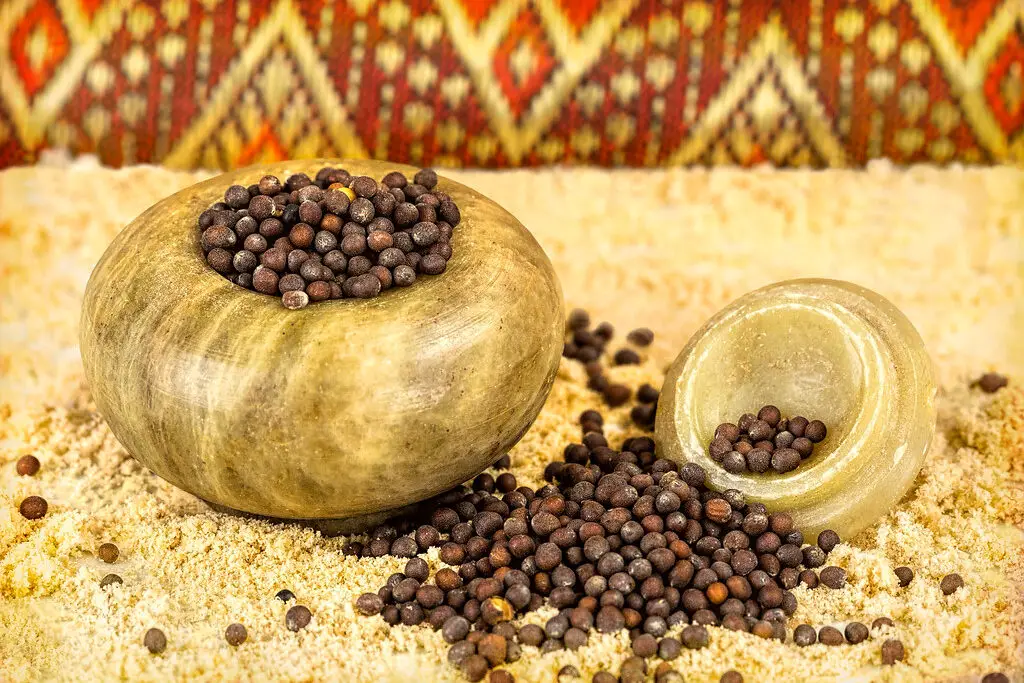
Mustard seed was once used extensively in pickling, sauces, and seasonings, adding a tangy, zesty flavor to everything from meats to vegetables. However, after World War II, the popularity of prepared mustard, in its ready-to-use liquid form, overtook the need for whole mustard seeds. The convenience of store-bought mustard made it easier to skip the extra step of grinding or crushing seeds, which contributed to their decline.
As the American palate shifted towards sweeter, milder condiments, mustard seed became less prominent in everyday cooking. While still found in some pickling recipes and specialty dishes, it is not as commonly used as it once was. Today, mustard seed remains more of a niche ingredient, often used in pickling and specialty mustards but rarely found in the average kitchen.
